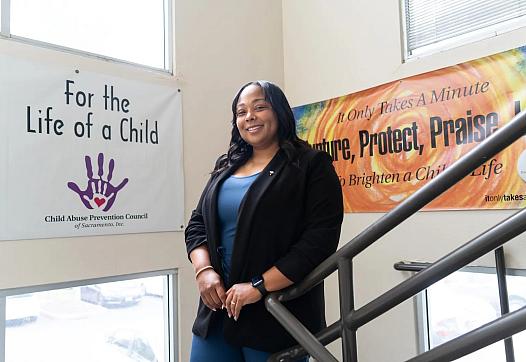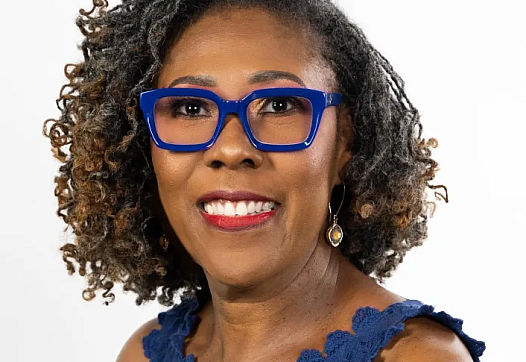
Taken from school at 15, Janay Eustace turned trauma into purpose as a champion of equity in child welfare, especially for Black families.

Taken from school at 15, Janay Eustace turned trauma into purpose as a champion of equity in child welfare, especially for Black families.

Black children are disproportionately handcuffed, mistreated, and traumatized by police, leading to lasting mistrust and mental health impacts.

In Cincinnati, many schools are grappling with student suicides. Could a mental health app offer help? A reporter turns to community engagement to find out.

Tamala Floyd, shaped by childhood trauma, became a therapist to heal others. She advocates for ancestral healing and tailored care, especially for Black women and mothers.

Anxiety spreads across immigrant groups driving some communities into hiding. Fatty Ding Square in Monterey Park has long been a landing spot for migrants from China. These days, the square is much quieter with few people risking coming out in public.

From a small station in Los Angeles’ Boyle Heights, 18-year-old Kennia Camacho talks with teens about anxiety, stress and depression.

A decade after a federal investigation found West Virginia unnecessarily institutionalizes foster kids, our investigation has found the state’s most vulnerable kids are still being left behind.

Like many Black teens across the country, Duchess-Angelica Wright struggles to maintain her mental health. As a young Black woman, a member of the LGBTQ community, and a former foster youth, she faces multiple layers of challenges and has attempted suicide three times. Recognizing that systemic barriers thwart many Black youth like Wright from seeking mental health care, community organizations are stepping In to provide support in trying to stem a swelling crisis.

Living in uncertainty, many Vietnamese immigrants, both undocumented and legal residents, face significant mental health challenges that stem from the complex interplay of historical trauma and fears of deportation. Lan Vũ and her son, Anh, struggle to cope with stress and anxiety over their immigration status ever since the new administration took office.